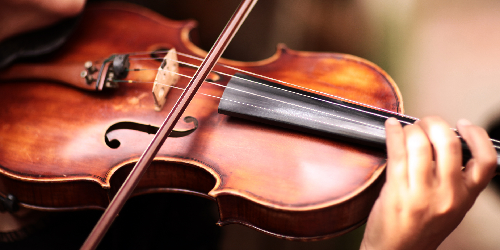33AndAThird
Member
- Joined
- Dec 30, 2023
- Messages
- 14
- Likes
- 7
Hi, I've been trying to wrap my head around why low frequencies require more power to generate and why in a complex audio signal the amplitude gets lower as the frequency gets higer. In performing some research I have confirmed the following 5 points, please correct them if they are wrong.
Thanks for your help
- Given the same amplitude, generating a high frequency tone requires more energy over time than a low frequency tone because you are expaanding and contracting the air more often. eg. Generating a 2KHz tone requires 10 times the energy per second as a 200Hz tone using the same driver (ignoring parasitic losses).
- Given the energy of a wave is proportional to the square of the amplitude, if we want to generate a 200Hz tone that uses the same energy over time as a 2KHz tone, we'd need to increase the amplitude by a factor of 3.16 (square root of 10).
- Sound Intensity is proportional to both the square of amplitude and the square of frequency as demonstrated by this equation I=2^2^2^2.
- The square of Sound Pressure Level is proportional to Sound Intensity.
- Our perception of loudness proportional to SPL
- Amplitude does not determine SPL in isolation, frequency is also important. In order for a lower frequency to generate the same SPL as a higher frequency, it needs greater amplitude.
- Humans are most sensitive to 1-5Khz and less sensitive to lower frequencies. I believe by about 15db.
- The greater the excursion of a driver the less efficient it becomes
Thanks for your help

